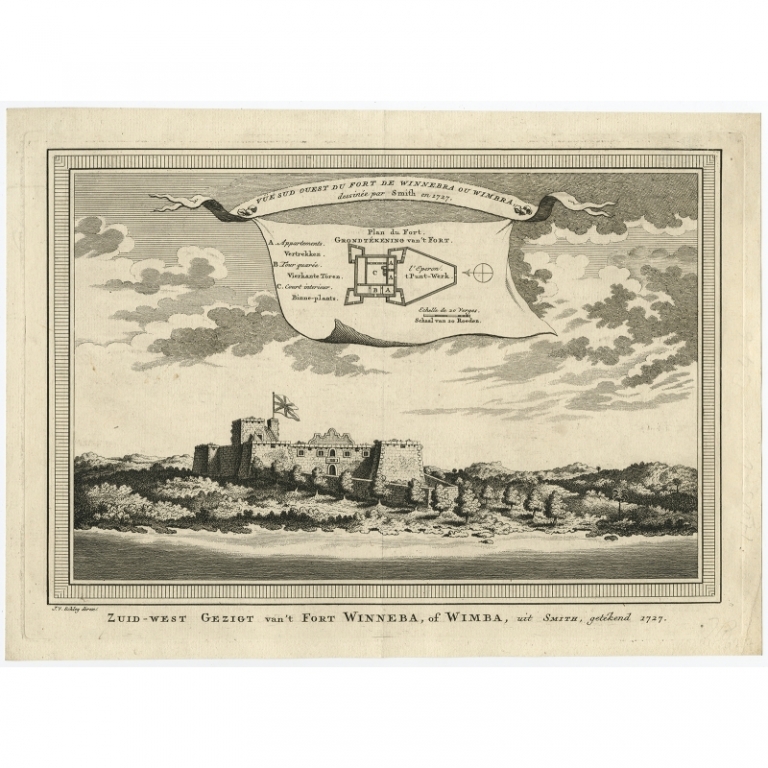In 1781, the new asantehene Osei Kwame ascended to the throne of the Ashanti Empire. He had been put in his position after a violent succession dispute between himself and the son of Konadu Yaadom, the powerful Asantehemaa, or queen mother. On the back of a coalition primarily composed of the empire's rising bourgeois class who felt left out of the avenues of power, and the empire's Muslim minority, Osei Kwame managed to win this early succession dispute and win the kingship of the empire.
 |
| Mosque in Kumasi, with Ashanti Muslims outside |
Osei Kwame's rule was rocky from the very beginning, as he had to purge numerous government ministers and replace them with loyal allies to secure his own power. But, Osei Kwame's personal religion would prove to be an issue as his reign progressed. Due to his upbringing at the hands of predominately Muslim wet nurses and servants in the city of Mampong, Osei Kwame held a deep-seated affinity for the Islamic faith. This would prove to be a problem, as he perceived numerous aspects of traditional Akan religions as being at odds with his personal beliefs.
 |
| The Adinkra Symbol for Gye Nyame, representing the unrivalled omnipotence of Nyame (God) |
The Akan religion is technically monotheistic, with there existing only one true God (Nyame.) However, religious exercise of the faith relies heavily on the veneration of the abosom: spirits created by Nyame to fulfill his will on earth. To outsiders, abosom often appear to be worshipped as gods, even though their role in the religion is more akin to a messenger angel than a god per say. Regardless, the importance of these abosom was perceived by Osei Kwame to be at odds with the Islamic faith, which commands that there exists no god but the one true Abrahamic God, and that all other gods are merely false idols.
 |
| An artist's rendition of an Ashanti execution. The fact that these men were decapitated, instead of strangled as was more common, shows that their alleged crime must have been especially heinous. |
Another important component of Akan religion is ancestor worship, which proved similarly difficult to Osei Kwame to partake in. Particularly, the execution of prisoners in the Ashanti Empire often carried an overtly religious tone, with criminals being offered as sacrifices to the ancestors. Osei Kwame strongly hated these proceedings, and is recorded to have regularly refused to attend executions, unusual for the Ashanti king.
 |
| The current Asantehene, Osei Tutu II, at a recent Ashanti Yam festival |
However, the final breaking point for Osei Kwame came in 1799, when he refused to attend the annual yam festival. This festival, celebrated to mark the beginning of the new harvest, possessed incredible significance for the Ashanti. Not only did the king engage in several important religious ceremonies, such as the cleaning and veneration of his ancestors' funerary stools, but he also received the pledges of loyalty from amanhenes from around the empire. Osei Kwame skipped the festival. This outraged numerous members of the Ashanti public. Not only was he disrespecting the empire's religious customs, but he was also shirking his own secular duties. Kwame was overthrown by an angry mob and imprisoned. He escaped his imprisonment to the city of Juaben, where he held out for four years while continuing to claim status as the rightful Asantehene. However, in 1803 Osei Kwame committed suicide after it was revealed that his longtime lover was, in fact, his cousin.










